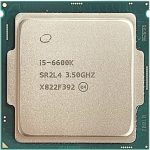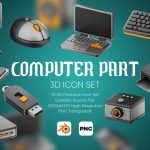Discover The Ultimate Computer Components 16: Unleash Your Digital Power Now!
Computer Components 16: Understanding the Building Blocks of a Powerful Machine
Greetings, Readers! Today, we are going to delve into the world of computer components 16. As technology continues to advance at an unprecedented rate, it is essential for both tech enthusiasts and everyday users to have a comprehensive understanding of the key elements that make up their devices. In this article, we will explore the various components that contribute to the smooth functioning of a computer, their importance, advantages, and disadvantages. So, let’s dive in and unravel the secrets behind computer components 16!
Table of Contents
What are Computer Components 16?
Who Can Benefit from Understanding Computer Components 16?
When Should You Consider Upgrading Your Computer Components 16?
Where Can You Find Reliable Computer Components 16?
Why are Computer Components 16 Crucial for Optimal Performance?
How to Choose the Right Computer Components 16 for Your Needs?
Advantages and Disadvantages of Computer Components 16
Frequently Asked Questions about Computer Components 16
Conclusion
Final Remarks
3 Picture Gallery: Discover The Ultimate Computer Components 16: Unleash Your Digital Power Now!
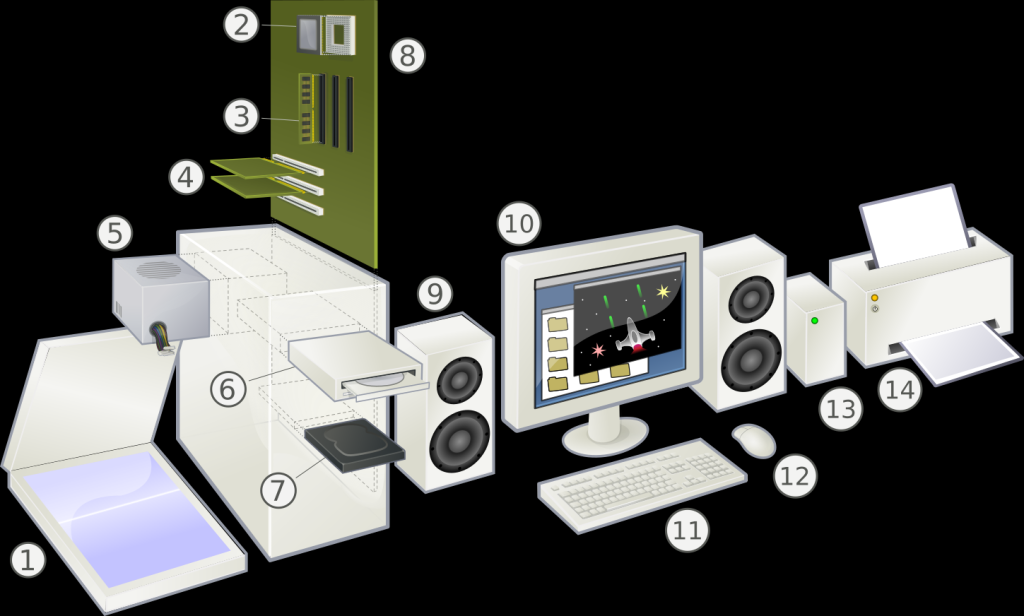
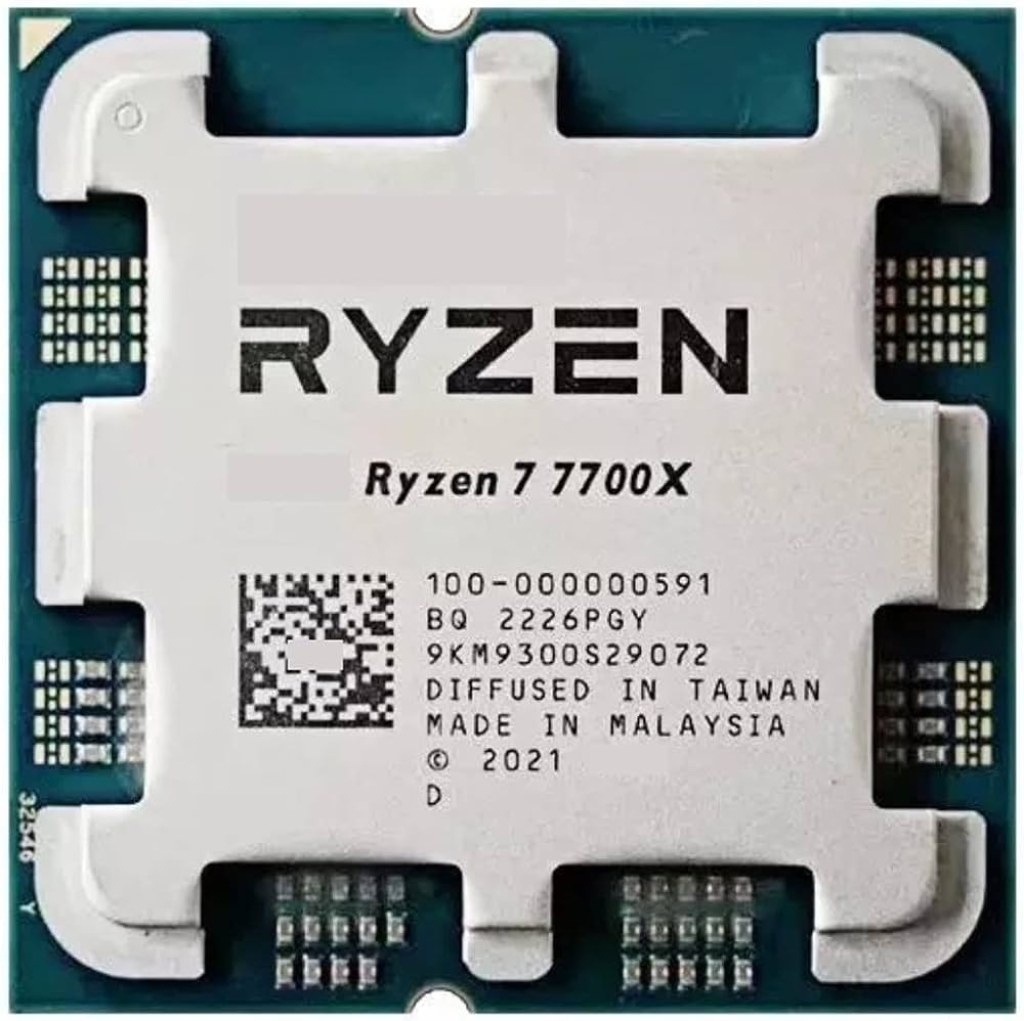
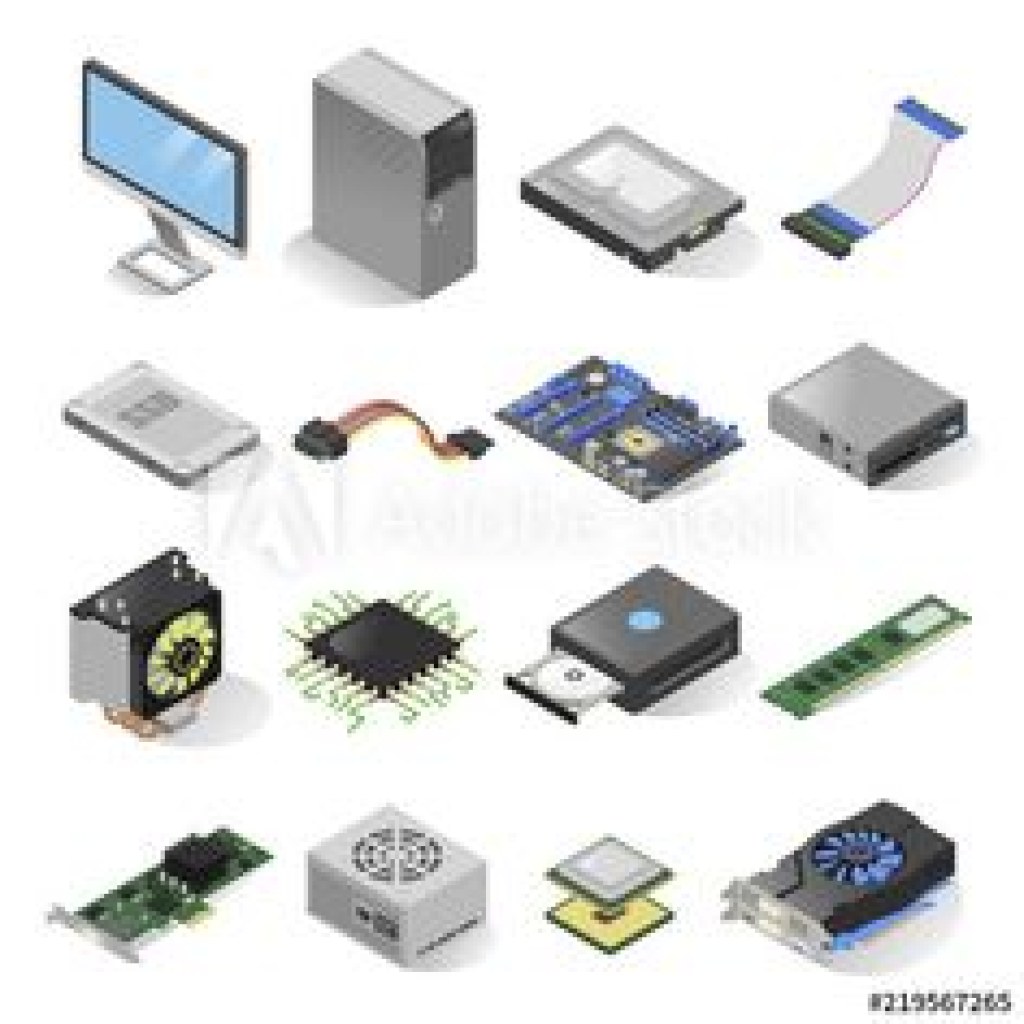
What are Computer Components 16?
Computer components 16 refer to the hardware elements that are essential for the proper functioning of a computer system. These components include the central processing unit (CPU), random access memory (RAM), motherboard, graphics card, storage devices, power supply unit (PSU), and various input/output devices such as keyboards and mice. Each component plays a crucial role in ensuring the seamless execution of tasks and the overall performance of the computer.
Central Processing Unit (CPU)
The CPU, often referred to as the brain of the computer, is responsible for executing instructions and performing calculations. It determines the processing power and speed of the system. The CPU consists of multiple cores and cache memory that enable it to handle multiple tasks simultaneously.
Random Access Memory (RAM)

Image Source: edc.org
RAM serves as the computer’s temporary storage space, allowing it to quickly access data that is actively being used. More RAM enables the system to handle larger and more complex tasks efficiently. It plays a crucial role in multitasking and overall system performance.
Motherboard
The motherboard serves as the central hub that connects all the components of the computer. It provides the necessary power and data connections, allowing the components to communicate and work together. The motherboard also houses the BIOS, which initializes the system during startup.
Graphics Card
The graphics card, also known as the video card or GPU, is responsible for rendering and displaying images, videos, and animations on the monitor. It offloads the graphic processing from the CPU, resulting in smoother visuals and better gaming performance.
Storage Devices
Storage devices, such as hard disk drives (HDDs) and solid-state drives (SSDs), store the operating system, software, and user data. HDDs offer larger storage capacities at a lower cost, while SSDs provide faster read and write speeds, resulting in quicker system boot times and application loading.
Power Supply Unit (PSU)
The PSU supplies electrical power to all the components of the computer. It converts the alternating current (AC) from the wall outlet into direct current (DC) that the computer can utilize. A reliable PSU is crucial to ensure stable and consistent power delivery, preventing system instability or damage.
Input/Output Devices

Image Source: media-amazon.com
Input devices, such as keyboards, mice, and touchpads, allow users to interact with the computer and input commands. Output devices, such as monitors and printers, display the results of the computer’s processing. These devices are essential for the overall usability and functionality of the system.
Who Can Benefit from Understanding Computer Components 16?
Understanding computer components 16 is beneficial for a wide range of individuals, including:
1. Tech Enthusiasts: For those passionate about technology, having a comprehensive knowledge of computer components 16 allows them to build and customize their own powerful machines tailored to their specific needs and preferences.
2. Gamers and Content Creators: Gamers and content creators often require high-performance computers to handle resource-intensive tasks such as gaming, video editing, and graphic design. Understanding computer components 16 enables them to make informed decisions when upgrading or building their systems.
3. IT Professionals: IT professionals, including system administrators and technicians, need a solid understanding of computer components 16 to diagnose and troubleshoot hardware issues, perform upgrades, and optimize system performance.

Image Source: pinimg.com
4. Everyday Users: Even for individuals who primarily use their computers for everyday tasks such as web browsing, document editing, and multimedia consumption, a basic understanding of computer components 16 can help them make informed purchasing decisions and ensure their devices meet their requirements.
Now that we have identified who can benefit from understanding computer components 16, let’s explore when it is necessary to consider upgrading these components.
When Should You Consider Upgrading Your Computer Components 16?
Upgrading computer components 16 can significantly improve the performance and capabilities of your system. Here are a few instances when you should consider upgrading:
1. System Slowness: If your computer is struggling to keep up with your tasks, experiencing frequent lags, or taking too long to load applications, upgrading components such as the CPU, RAM, or storage devices can help enhance the overall speed and responsiveness.
2. Gaming or Content Creation Needs: If you are a gamer or content creator and your current system is struggling to handle the demands of resource-intensive games or software, upgrading components such as the graphics card, CPU, or RAM can provide a significant boost in performance.
3. Compatibility Issues: If you are planning to install new software or peripherals that require higher specifications than your current system can support, upgrading relevant components can ensure compatibility and prevent performance bottlenecks.
4. Future-Proofing: If you want your system to remain relevant and capable of handling upcoming technologies and software advancements, upgrading essential components at regular intervals can help future-proof your machine.
Now that you know when to consider upgrading, let’s explore where you can find reliable computer components 16.
Where Can You Find Reliable Computer Components 16?
When it comes to purchasing computer components 16, it is essential to ensure their reliability and authenticity. Here are some trusted sources where you can find reliable computer components 16:
1. Authorized Retailers: Purchasing from authorized retailers, whether online or physical stores, ensures that you are buying genuine components backed by manufacturer warranties. Popular authorized retailers include well-known electronics stores and reputable online platforms.
2. Manufacturer Websites: Many component manufacturers have their own online stores where you can purchase their products directly. Buying from the manufacturer’s website ensures authenticity and may provide exclusive deals or bundles.
3. Online Marketplaces: While caution is advised, reputable online marketplaces offer a wide selection of computer components 16 from various sellers. Look for sellers with positive ratings and read customer reviews to ensure reliability.
4. Local Computer Stores: Local computer stores often carry a range of computer components 16 and provide personalized support and advice. Consider supporting local businesses while ensuring the components they offer are genuine and of high quality.
Now that you know where to find reliable computer components 16, let’s explore why these components are crucial for optimal performance.
Why are Computer Components 16 Crucial for Optimal Performance?
Computer components 16 are the building blocks that determine the performance, speed, and capabilities of a computer system. Here are some reasons why these components are crucial for optimal performance:
1. Efficient Task Execution: Each component, such as the CPU and RAM, plays a specific role in executing tasks. Upgrading these components can significantly improve the speed and efficiency of task execution, resulting in a smoother overall user experience.
2. Multitasking Capabilities: More powerful components, especially the CPU and RAM, enable the system to handle multiple tasks simultaneously without experiencing performance bottlenecks. This is crucial for multitasking scenarios, such as running several applications or virtual machines concurrently.
3. Enhanced Gaming and Graphics Performance: Gaming and graphics-intensive tasks heavily rely on components like the graphics card. Upgrading these components can provide higher frame rates, smoother gameplay, and enhanced visual fidelity, resulting in an immersive gaming or content creation experience.
4. Future-Proofing: As technology advances, newer software and applications require higher specifications. Upgrading computer components 16 at regular intervals ensures your system remains capable of handling upcoming technologies and software advancements without any major compatibility issues.
Now that we understand why computer components 16 are crucial, let’s explore how to choose the right components for your needs.
How to Choose the Right Computer Components 16 for Your Needs?
Choosing the right computer components 16 can be a daunting task, given the multitude of options available. Here are some key factors to consider when selecting components for your needs:
1. Usage Requirements: Determine the primary purpose of your computer. Are you a gamer, content creator, or everyday user? Different tasks have varying requirements, and selecting components accordingly will ensure optimal performance.
2. Budget: Determine your budget for upgrading or building a new system. Components vary in price, and it is essential to strike a balance between performance and affordability. Consider the components that offer the best value for your budget.
3. Compatibility: Ensure compatibility between the components you choose. Check the manufacturer’s specifications, such as socket compatibility for the CPU and RAM compatibility with the motherboard. Incompatible components may lead to system instability or performance issues.
4. Reviews and Recommendations: Read reviews and seek recommendations from reputable sources or fellow tech enthusiasts. Real-world experiences and expert opinions can provide valuable insights into the quality and performance of specific components.
Now that we know how to choose the right components, let’s explore the advantages and disadvantages of computer components 16.
Advantages and Disadvantages of Computer Components 16
Advantages:
Increased Performance: Upgrading computer components 16 can significantly enhance the performance, speed, and capabilities of your system, allowing for smoother operation and faster task execution.
Customization: Understanding computer components 16 enables you to build and customize your computer according to your specific needs and preferences, ensuring that it meets your requirements.
Future-Proofing: Regularly upgrading components ensures that your system remains capable of handling upcoming technologies and software advancements, prolonging its lifespan and relevance.
Improved Gaming and Multimedia Experience: Upgrading components such as the graphics card can provide enhanced visuals, higher frame rates, and better overall gaming and multimedia experiences.
Efficient Multitasking: More powerful components, especially the CPU and RAM, allow for seamless multitasking, enabling you to run multiple applications simultaneously without experiencing performance issues.
Disadvantages:
Cost: Upgrading computer components 16 can be a significant investment, especially for high-performance components. Cost can be a limiting factor for individuals with budget constraints.
Compatibility Issues: Incompatible components can lead to system instability, performance bottlenecks, or even complete failure. Ensuring compatibility between components is crucial to avoid such issues.
Technical Expertise Required: Upgrading computer components 16 may require technical knowledge and skills. Novice users may need assistance or guidance to ensure a successful upgrade.
Obsolete Components: As technology advances, components become outdated, and newer models are released. Upgrading components may result in older components becoming obsolete sooner.
Component Lifespan: Components have a limited lifespan, and frequent upgrades may be necessary to keep up with advancing technologies and software requirements.
Now that we have explored the advantages and disadvantages, let’s move on to address some frequently asked questions about computer components 16.
Frequently Asked Questions about Computer Components 16
1. Is it possible to upgrade computer components 16 on a pre-built system?
Yes, it is generally possible to upgrade components on a pre-built system, provided that the components are compatible with the existing hardware and the system’s power supply can support the upgraded components.
2. Can I mix different brands of computer components 16?
While it is generally possible to mix different brands of components, compatibility should be ensured. Different brands may have varying specifications and requirements, so it is important to check compatibility before mixing components.
3. How often should I upgrade my computer components 16?
The frequency of upgrades depends on personal needs, budget, and the pace of technological advancements. Generally, it is advisable to upgrade components every 3-5 years to ensure optimal performance and keep up with advancing technologies.
This post topic: Electronics
